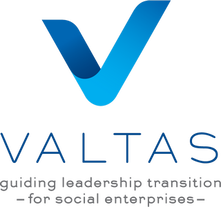THE LATEST FROM VALTASNews, updates, and stories to keep you in the know.
|
Well…yes and no. Yes, you should feel good about the hire, and you should take a pause, but not for too long because the next phase of the transition is only beginning. “What!? Only beginning?” you say. Yes, hiring the new ED is just the first step of the transition journey. The next important move for the Board is to ensure your new leader settles confidently into the role for a long tenure. So, release that breath and let’s chat about this next phase. Onboarding Hiring the Executive Director is the most important job of a Board of Directors. The next most important job after that is to effectively onboard your new leader and support them throughout their leadership transition. This is as much about the Board’s commitment to successful governance as it is about recognizing the strategic opportunity the transition brings for the organization. At Valtas, we’re noticing an increase in short-term Eds, and we’re asking why. Everyone was excited when each of those people were hired. So, what went wrong? What was missed during the first year of the transition? We know that personal matters arise, but might the miss be something in the transition plan itself? How the board supports the outgoing and incoming ED signals whether you want to help the new leader be successful in their role, and in turn, ensure the organization remains strong through this time of change. Shaping and implementing an intentional executive transition plan is a sign of how committed you are to succeeding together. The Board, who is the hiring manager, may delegate the onboarding process (to an ED Transition Task Force, an Outgoing ED, Interim ED, or other staff leadership), but ultimately, the responsibility rests with the Board. The Board is responsible for ensuring an effective process that involves knowledge and relationship transfer, appropriate organizational priorities, and proper support for the new ED. You may say, “Of course, we’ll make certain the new leader has a list of our donors, and help with introductions, and share issues we’re addressing. We don’t want to take too much time in many meetings – they’re busy and so are we.” Sure, they have leadership competencies and can figure things out, but there’s more that they need throughout their first year in the position. Stepping into a leadership role can be an overwhelming experience, regardless of one’s leadership skills or background. Not only is the new leader trying to gain their footing and understand the cause (if they’re new to it), and learn what they don’t yet know, but also manage the feeling of overload, prioritizing the work, and finding that early win. That’s why one or two meetings does not make for a knowledge transfer nor does presenting a list of high-level donors make for a relationship transfer. You can’t expect that a new ED is going to retain and synthesize all the information coming their way in those first few days and weeks. The transition is a continuous journey of meetings, learning, assessing, doing, and reassessing between ED, Staff Leadership, Board and Key Stakeholders that is laid out in a transition plan. In short, it is relationship building, definition, and maintenance. This is the time to forge this new relationship between a new ED and the Board, answering questions like “How will we work together?” and “How will we communicate challenges as well as triumphs?” Creating a Transition Plan There are a plethora of articles and tools available that describe how to create executive transition plans. What is key from these articles is no two transitions are alike because no two orgs are alike. However, there are some common indicators that shape executive transition planning towards success: Identifying Barriers & Accelerators First, it’s important for the Board, staff leadership, and the new ED to understand the barriers that can hold the leader back and the accelerators that can propel them forward. Just as no two organizations are alike, no two leaders are alike. The incoming ED may have unique strengths as well as limitations that vary from the outgoing ED, which affects how you consider the barriers and accelerators when operationalizing the plan. Barriers may include:
Accelerators may include:
Individualizing the Plan Once barriers and accelerators are recognized, and the means to address them are understood, the transition team players can move forward to create a plan that is individualized to the new leader and organization. That plan should answer the questions:
Getting The Details Right As you create the plan, keep in mind that it’s only going to be helpful if it gets used. So, a detailed spreadsheet or word document with pages upon pages of information is likely not the best format. Consider the audience and the holder of the material as you format and outline the information. Keep the plan readily available and ensure regular meetings and feedback sessions between the ED and Board President or Transition Task Force. Share the plan with the full staff so they’re aware of the transition activities and where/how they may engage in them. Fostering Trust Ticking off items on an onboarding list won’t cut it. We are all real, fallible, talented, busy, dedicated people. Treat this relationship like a marriage. It won’t always be sunshine and unicorns, but it must always be based on trust and genuine respect and concern for each other. Responding Well As much as we want to plan, left field opportunities can occur which may cause that feeling of being overwhelmed to creep back in. That’s when the plan can help recenter course and provide the guidance for decision-making. As the new ED grows into the position, they may gain new insight into the organization that the Board hasn’t seen and that can be discussed and incorporated into plan expectations. Sometimes, the act of planning alone provides the clarity, focus, patience, and candid communication needed between Board and Staff as the organization moves from one leader to the next. Again, congratulations on hiring your new executive director! Remember to take the next steps in your transition journey by creating and actively implementing a transition plan to navigate the organization through the leadership change successfully. Review the plan regularly and ensure everyone understands their role in moving the plan forward. By doing so, you lay the foundation for a strong working relationship towards a lasting tenure with your new ED. Your organization and community will thank you for it. When you need board advisory services, reach out to us! We offer nonprofit consulting to help boards navigate leadership transitions, better onboard their new Executive Directors, work together on a strategic vision for the organization, and achieve operational success. Find out more about the Valtas difference today! About the Author Liz Swanson – Senior Associate, Valtas  Liz is a nonprofit professional, consultant, leader, and educator who has been serving and advancing mission-driven organizations for over 30 years. Her experiences as an Executive Director, Interim Executive Director, Development Director, Board President, and Non-Profit Consultant at a wide range of nonprofits has given her a unique perspective of the ins and outs of organizations and the challenges nonprofit leaders face. Liz is passionate about all things nonprofit and helping organizations achieve their goals towards long-term success. Being optimistic, inquisitive, and trustworthy are part of her DNA. With business know-how, integrity, a steady style, and sensing ability, Liz takes a highly collaborative approach in partnering to help guide organizational development and build leadership capacity during times of change, transition, and growth. Comments are closed.
|
THE LATEST FROM VALTAS
You are welcome to subscribe to get the latest news, updates and insights from our team. Subscribe:Ask Valtas!Categories
All
Archives
July 2024
|


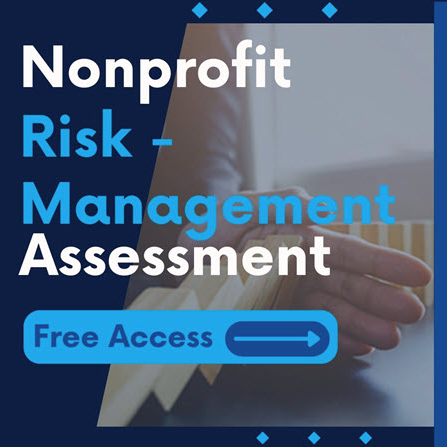
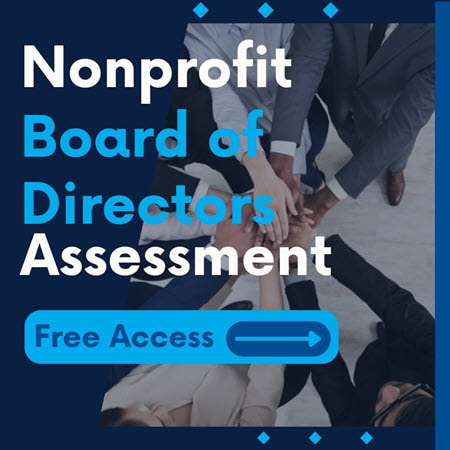
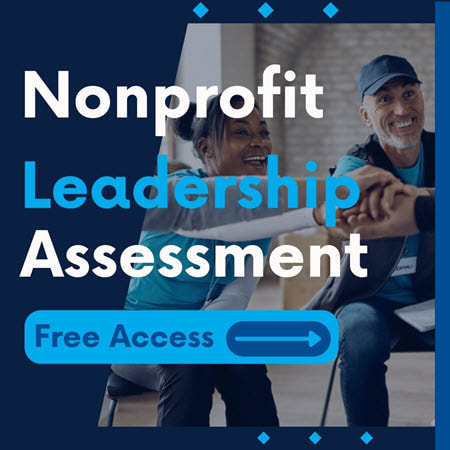
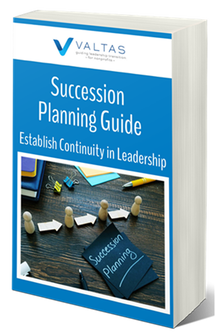
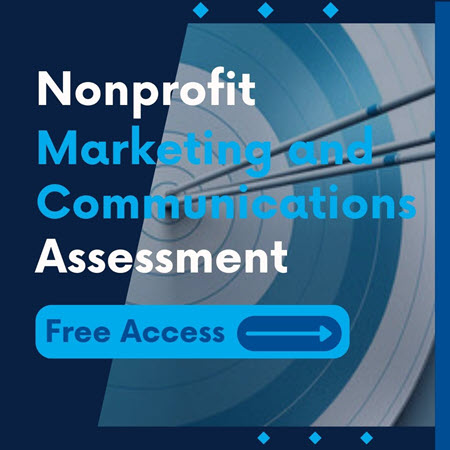
 RSS Feed
RSS Feed
